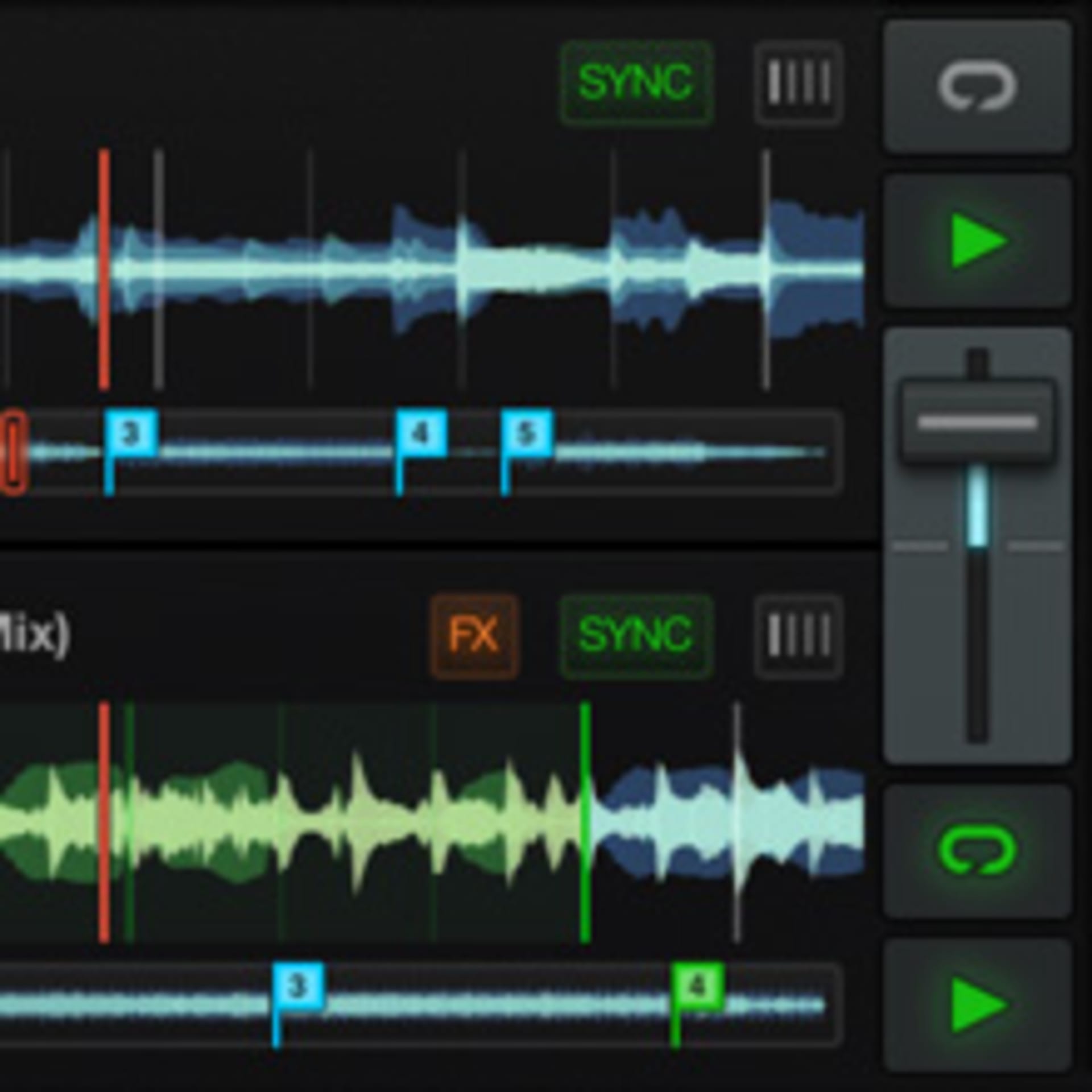
Max Dax on Native Instruments’ Traktor DJ app for iPhone
If you’re going to test out a new piece of DJ kit, then Berghain’s probably the place to do it. That’s what Electronic Beats’ Editor-in-Chief Max Dax did with Native Instruments’ Traktor DJ for iPhone. Here are his thoughts.
I’ve DJ’d all my life, but it took me a long time to find out how. In 1988 I was asked by my then boss and club manager Ingrid Lockowandt to perform my first DJ set in an acid house club called The Base in my hometown Kiel on the Baltic Sea. I was 18 years old and something of a consultant to her on musical trends. Ingrid thought I knew what young people like me would be up to. She also thought that rookies should be thrown into the deep end to learn how to survive. I was proud as hell to be invited to DJ, and marched over to The Base with sixteen records, among them the brilliant brand-new double vinyl Techno! The New Dance Sound of Detroit. Needless to say, at the time I thought that all it took to DJ was to be armed with great music. Obviously, I was incredibly naive. It was in that live context, failing in front of a party-hungry crowd that I experienced just how much records don’t match automatically. The debut was a disaster, and I almost died of shame. But this didn’t prevent me from trying it again and again and again.
Of course, those were different times. CDs were rare; Laptops, MP3s and iPads were still science fiction. There was even a healthy majority who thought that music made by or with machines couldn’t compete with the handmade. I also only partially understood DJs who stuck to functional dance music just to please a crowd or show off their craftsmanship. To this day, I get wary when I experience DJs sets where it’s all played safe. When Einstürzende Neubauten asked me to DJ at their 25th anniversary party in 2005 at Columbiahalle in Berlin, I played tunes by Miles Davis, Billie Holiday, Public Enemy, Primal Scream and N.W.A.—music of all genres that was held together not by matching beats but by musical virtue. It was great to see Bobby Gillespie, who was a guest at the party, dancing to his very own “Swastika Eyes”. And it was even greater being invited the same night by Berlin actor Ben Becker to become resident selector in his Bond-like nightclub Trompete. It was there during a two-year stint that I would play long, monotonous instrumental pieces by The Cinematic Orchestra while Becker would recite self-penned love poems to former RAF terrorist Ulrike Meinhof.
Don’t get me wrong—I admire DJs who can mix. And, in a way, I had made peace with my own inability to develop any mixing skills. But maybe it was too early, because now DJing has changed and the barriers have come down between the records, the DJ, and the audience. Appropriately, on May 1st, Native Instruments released the Traktor DJ iPhone app, forcing DJs both professional and occasional to recalibrate their sense of what’s possible. The app display is set up for two tracks, each represented as sound waves. Neither technically nor visually does the interface attempt to emulate a typical turntable or CD player set-up, but it is capable of synchronizing every tune, with an algorithm that suggests matching tracks while you mix in real time. Suffice to say, this is not entirely a paradigm shift—that came with Ableton Live, which was the first software widely available that no longer required much skill to mix, create loops or use effects. However, Traktor for iPhone underscores an idea that has come to mean more and more to DJs these days: size matters and the smaller the better. Of course, it’s mattered since the advent of CDs and even more with laptops, MP3s and iPads.
Naturally, like most brave technological voyages into uncharted territory, the app is not without its idiosyncrasies. Due to the fact that the iPhone only has one audio output, you can’t pre-listen to a track with your headphones. Everything you do will be heard, which means that you better know the tracks you’re going to mix. But then again, it makes trial and error a playful component, as any mistakes are at least assured not to be out of synch—something I greatly appreciated when I was invited to DJ in support of Tricky for his recent gig at Berlin’s Berghain. I put together a kind of improvisational instrumental loop of Prince’s “Sign ‘O’ the Times”, combining it with the bassline of Alva Noto’s “Uni Asymmetric Noises”. It felt absurd to mix without headphones, like some kind of technological phantom pain. I missed clamping the headphones to my ear. In fact, I briefly felt tempted to pretend to use some, but the feeling passed.
I wouldn’t be surprised if the Traktor DJ app spawns a legion of new DJs whose lack of skill will no longer prevent them from performing in public. And while you’re wondering whether this will be a blessing or a curse, consider the potential for individual music libraries to not only surface but also intertwine more than ever before—thanks in part to an algorithm that suggests tracks on basis of their BPM as opposed to genre. My recent experiments mixing Daphni’s “Ye Ye” with The Monks’ “Monk Time” worked surprisingly well. ~
This text first appeared first in Electronic Beats Magazine N° 34 (Summer, 2013). Read the full issue on issuu.com
Published July 08, 2013. Words by Max Dax.
